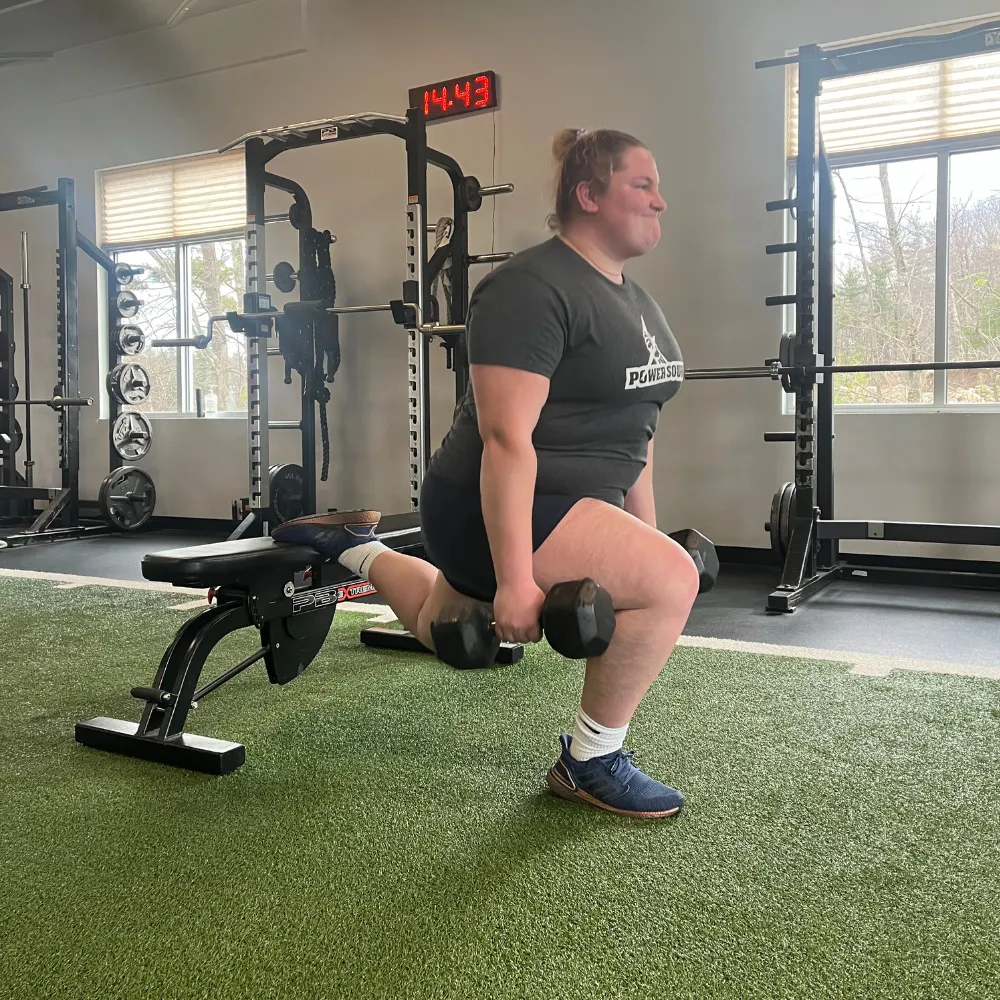ATHLETE BLOG LEOMINSTER

3 Common Training Tips That Are Actually Making Your Kid Slower
3 Common Training Tips That Are Actually Making Your Kid Slower
There are a lot of different ideas, philosophies and tactics coaches use to try and make their players better.
Some work, some don't.
Personally, I have been guilty in the past 20 years of using tactics that seemed like a good idea at the time, but weren't generating the best results for our kids.
Particularly when it comes to speed development, there are three popular ones that simply do not work.
They don't match up to what truly fast athletes do in competition, nor are they used by the world's best speed coaches.
For kids who do what their coaches tell them and use these strategies, it is actually making them run slower.
"Run On Your Toes!"
This exact phrase gets used a lot, based on how many times kids come in and tell me their coach told them to do this.
And it's 100% inaccurate.
It would be accurate to say that kids should strike the ground with the front half of their foot, knowing that even the world's fastest runners to contact the ground with their entire foot on each stride.
Kids who take this tip literally and stay way out on the front of their foot will struggle to accelerate due to the massive power deficit this strategy creates.
Striking the ground on the front half of your foot is a complex process that has much more to do with being upright with your torso than any conscious effort to stay on your toes.
Switch the focus to posture, and ditch the emphasis on the toes.
"Keep Your Arms Bent At 90 Degrees"
In the early years of Power Source we used to teach this a lot.
Then a top speed coach at a conference showed slow motion video of elite sprinters, and the lightbulb went on.
What your arms actually do is match the length of your legs, which means they open up and then fold at different points of the stride.
Your arms do bend to roughly 90 degrees at times, but they should almost fully open up as they pass by your body.
Rigid arm positions stuck at 90 degrees force you to shorten your stride length, which once again makes you slower.
For coaches who teach sprint mechanics, it is often best to simply tell kids to use aggressive arm drive throughout their sprint and leave it there.
The finer points of arm drive tends to take care of itself when body position and leg cycling are efficient.
Using Agility Ladders For 'Quick Feet'
If we are talking about your ability to re-position your feet in tight spaces, then ladders are a nice tool to use.
If we are trying to make an athlete sprint faster, there is absolutely nothing an agility ladder brings to the table that will help.
Nothing.
Fast sprinters literally get airborne and come crashing back down to the ground at high velocities.
The amount of force your legs must absorb to sprint and get off the ground fast are at least 10 times higher than the forces they're subjected to when doing ladder drills.
Athletes need to develop rigidity and an ability to absorb these massive amounts of force to appear 'quick' off the ground when sprinting.
Fixing strength deficits, implementing elastic type plyometrics for those who are ready physically, and doing actual sprint work do much more to help you get off the ground quicker at full speed.
I know coaches mean well when they provide this advice, just as we did when we used to do all three of these things many years ago!
But once we learned we were doing our kids back then a disservice, we changed tactics.
Hopefully many more coaches begin to do the same with these three concepts.
Power Source Reviews

Level Up Your Game
We can accelerate your speed, strength & athletic development gains
Click the button to start your journey
The Best Youth Personal Training In Leominster, Sterling, Lancaster and Princeton
© Copyright 2025. Power Source. All rights reserved.
|

